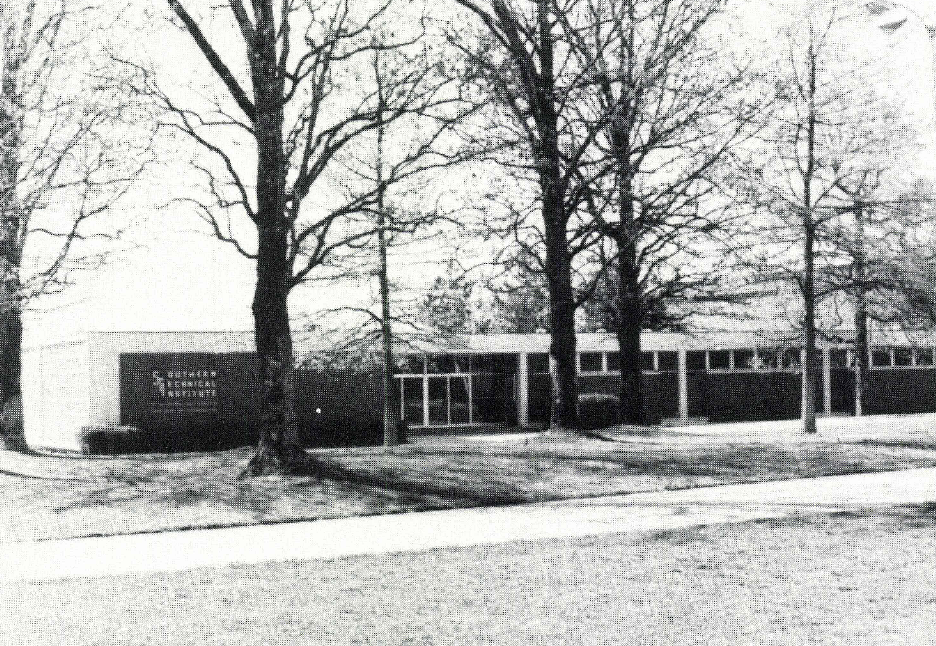of years ago, humans believed that the sun and planets revolved around the Earth. This theory was soon proven wrong by Galileo, whose many observations finally helped convince people that the sun-centered solar system model, or the heliocentric model, was correct.
We live in a universe with billions of galaxies and trillions of stars, making us just another piece of dust in the gigantic unknown. Some scientists agree that Voyager 1 and Voyager 2 are among the best scientific investments humans have ever made. 36 years after their launch in 1977, they are still traveling through the darkness of space “where nothing from Earth has flown before,” according to NASA.gov. NASA also states that Voyager 1 and 2 are now in the Heliosheath, the outermost layer of the heliosphere where the solar wind is slowed by the pressure of interstellar gas. Even though they have passed Pluto, these two spacecrafts have not left our solar system just yet. Surprisingly, 36 years later, they are still sending back scientific information about their surroundings.
However, going past Pluto was not their primary mission. After making discoveries on Jupiter and Saturn, such as active volcanoes on Jupiter’s moon Io, the mission was extended. According to NASA, “Voyager 2 went on to explore Uranus and Neptune, and is still the only spacecraft to have visited those outer planets.
The adventurers’ current mission, the Voyager Interstellar Mission (VIM), will explore the outermost edge of the Sun’s domain.”
These discoveries have changed how we see the universe, but the most fascinating part is not the information they are bringing back to Earth but rather the information they are carrying with them.
Voyager 1 and 2 are carrying a 12-inch gold-plated copper disk called the Golden Record. “[The disk] contains sounds and images selected to portray the diversity of life and culture on Earth,” according to NASA.
The contents of the records were carefully chosen. NASA states that the content was selected “by a committee chaired by Carl Sagan of Cornell University. Dr. Sagan and his associates assembled 115 images and a variety of natural sounds, such as those made by surf, wind and thunder, birds, whales and other animals.
To this they added musical selections from different cultures and eras, spoken greetings from Earth-people in 55 languages, and printed messages from President Carter and U.N. Secretary General Waldheim.”
Many people believe that if a non-peaceful, more intelligent species in our infinite universe happened to find the disk, it would be enough to destroy human kind. But scientists say that, “For better or for worse, we have already announced our presence and location to the universe, and continue to do so every day. There is a sphere of radio transmission about 30 light years thick expanding outward at the speed of light, announcing to every star it envelops that the earth is full of people. Our television programs flood space with signals detectable at enormous distances by instruments not much greater than our own.”
If we ever happen to encounter extraterrestrial life, the only thing we can do is hope for them to be friendly and inviting beings.
(For more information about Voyager 1 and Voyager 2 visit: http://voyager.jpl.nasa.gov/)



